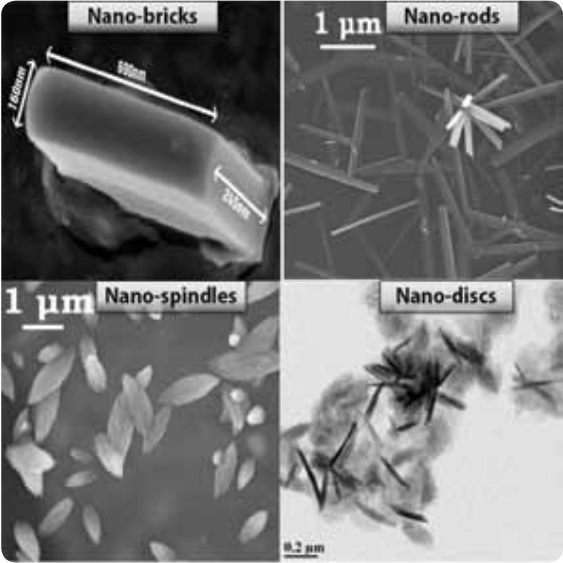Softmatter Engineering

Research groups
The research group working in the area of thermodynamics and molecular simulations study both hard matter, and soft matter systems, and have a wide variety of interests. Work carried on in the department is both applied and fundamental in nature. One of the areas of research pertains to the development of a multi-scale modeling scheme for compound semiconductors which find wide range of applications in the fabrication of opto-electronic devices. The group is also attempting to develop a computational scheme for rational solvent design for application to select the optimal solvent (or design a new solvent) for the extraction of a pharmaceutical intermediate synthesized using a biotransformation process. Novel multiscale simulation techniques are being developed which are motivated by the fact that reaction and diffusion mechanisms and their rate constants are still not well understood. These accelerated self- learning molecular models have addressed major challenges, namely, i) ability to find reaction and diffusion pathways and kinetic parameters spanning nanosecond to second timescales in a computationally feasible manner, ii) self-learning (automated) and computationally-parallelized techniques that can construct reaction networks on-the-fly, iii) machine-learning algorithms that predict the effect of local chemical bonding on the reaction kinetics, and iv) error estimates that ensure accurate prediction of materials evolution at experimental laboratory scales. The group also focuses on molecular simulations to understand, in detail, the interfacial phenomena and self-assembly process occurring in chemical systems.
The research is focused towards design and synthesis of porous material, superhydrophobic surfaces and confined and interfacial fluids. Another area of research group pertains to the non-equilibrium dynamics of dense suspensions and nanostructured materials. The group’s focus is in rheology and dynamics of dense colloidal suspensions that are of relevance to cosmetic, paint, pharmaceutical and petroleum industries. Research also focuses on the effect of anisotropies in the structure, phase behavior, and dynamics of soft condensed matter systems. Polymer nanocomposites, Pickering emulsions, soft-penetrable particles, and surface-corrugated colloids are current materials of interest.